Underwater Steel Structures Maintenance
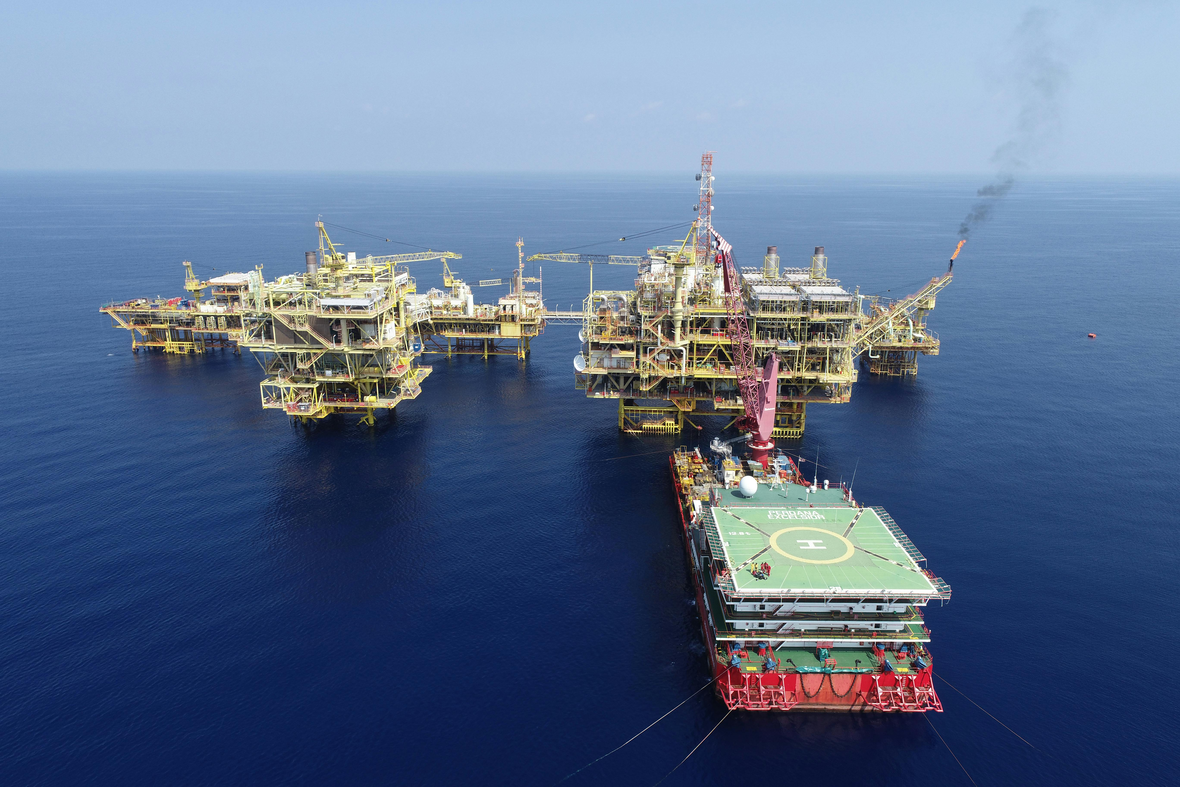
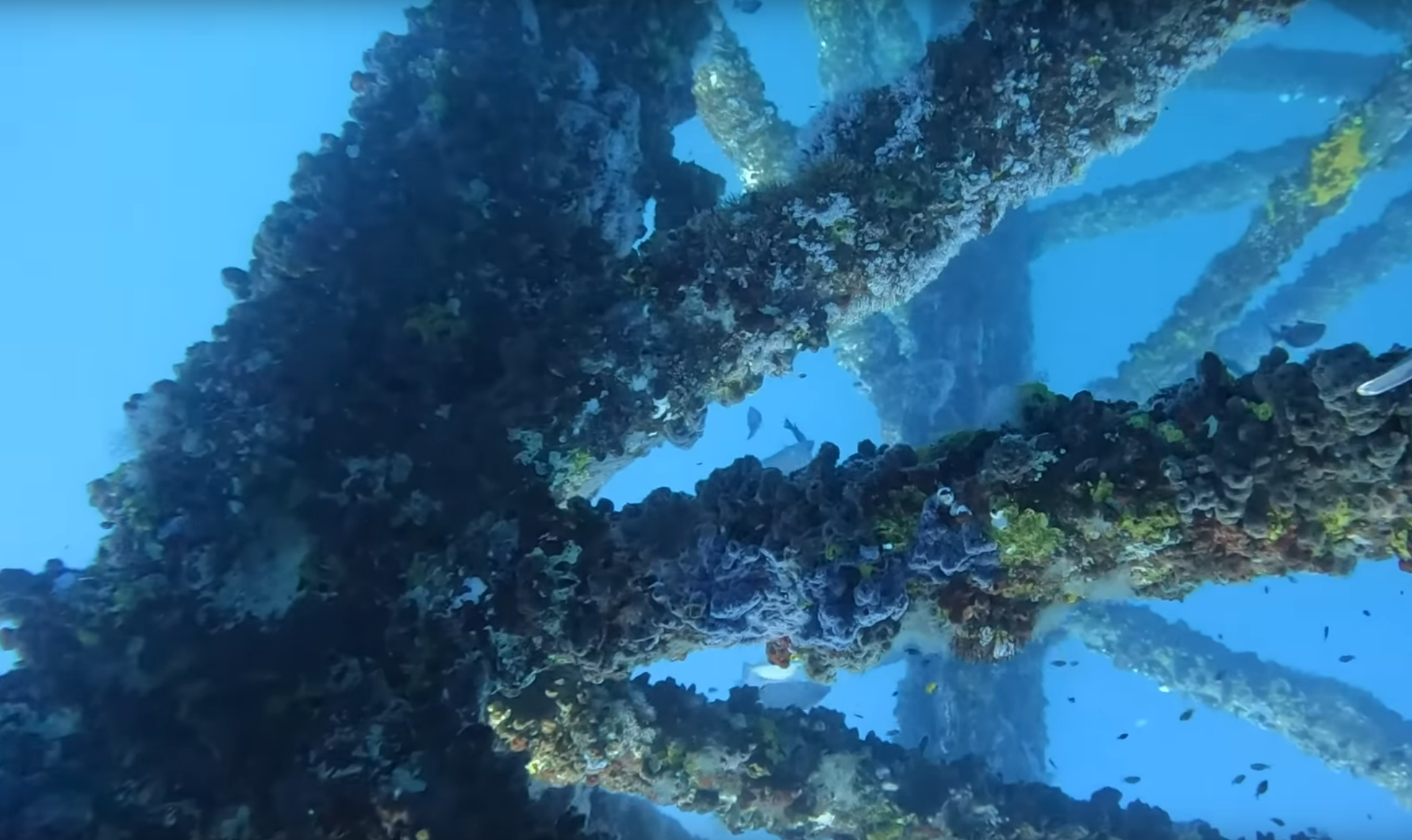
Extensive structures cleaning and maintenance are expensive and time-consuming but essential:
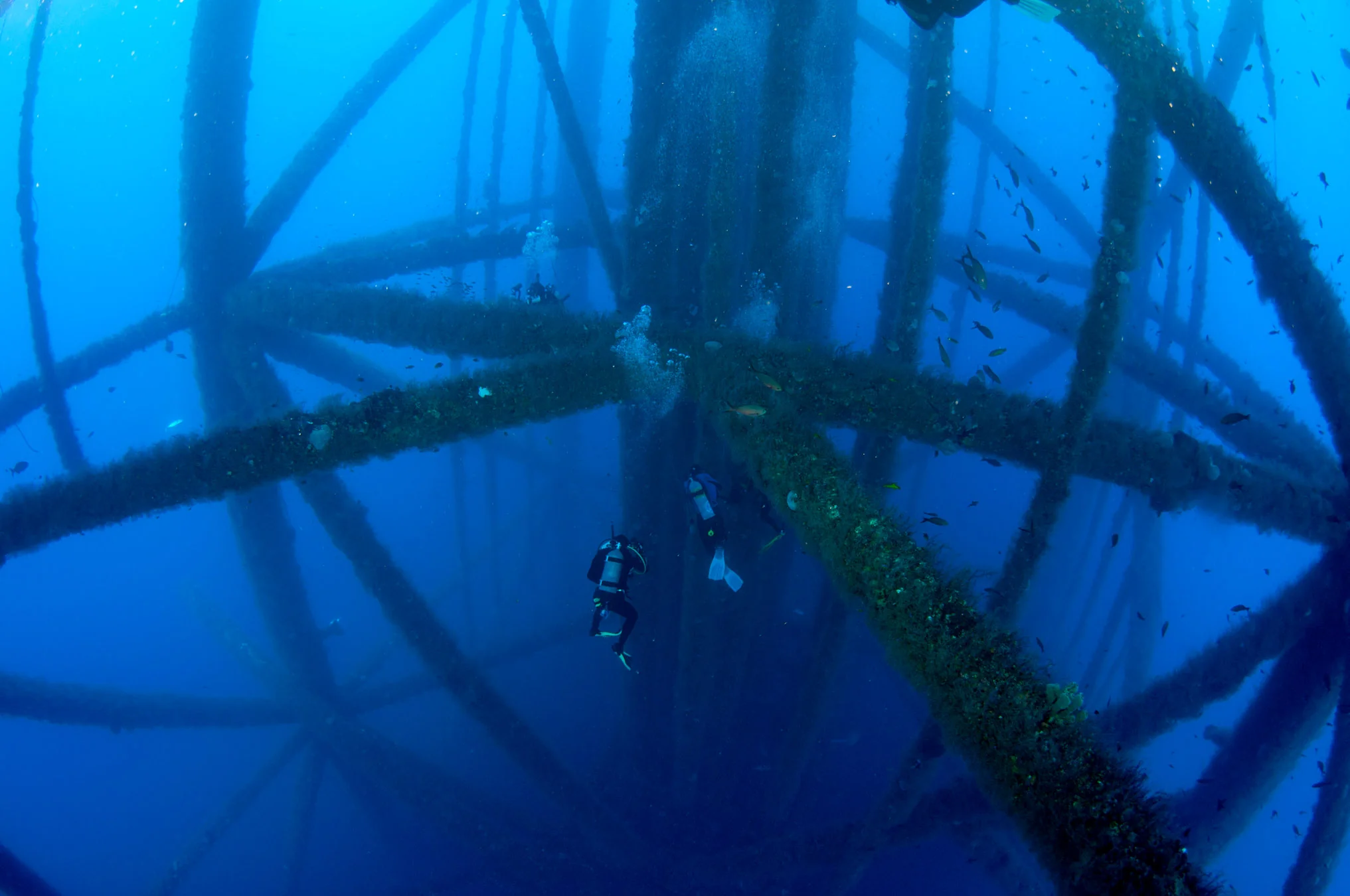
Underwater Steel Structures Maintenance

The Crab robot moves over the oil rig steel framework on or vessel hull and removes biofouling with a high-pressure cavitation water cleaning tool that uses seawater and is the most gentle on the coating. The depth capability is up to 150 meters (can be upgraded to 1,500). The cleaning speed is about 2,000 m²/h on flat surfaces with minimal biofouling and significantly slower on complex surfaces with heavy fouling.
Cavitation cleaning causes minimal damage to surface coatings compared to other techniques and provides no water contamination from microplastics, as it doesn't use plastic brushes. The removed biofouling can be collected to comply with the requirements of the IMO and local regulators.
Non-destructive testing of the steel surface, approximately 100 m²/h (depending on the number of data points collected), can include ultrasonic testing, visual inspection (cameras), and cathodic protection (CP) testing.
Salt treatment. Deionized water is injected into a fixed volume, and the salt content is measured after a set period. This method is typically used to assess the salt content in materials or structures for corrosion evaluation, identification of weaknesses, and performance prediction.
All data will be provided with relative coordinates. The necessary sensors are mounted on the Crab robot and are insulated to protect them from water and mechanical damage.

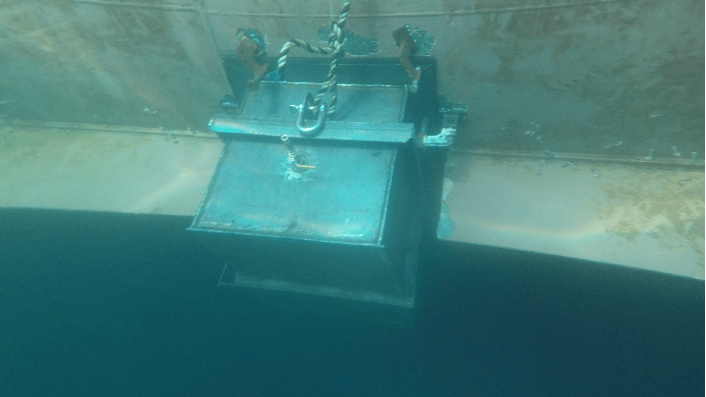
Mobile cofferdams are installed using one or multiple robots (2,000 - 6,000 kg). The cofferdam is equipped with repair tools for a mini-workshop, including CNC machinery.
All coatings are removed down to the base metal, and water is extracted. Clad welding restores the surface thickness by adding new metal layers. Grinding is then performed.
Corrosion-resistant coatings and cathodic protection systems are applied to protect the surface. Thickness gauging of new coatings is carried out.
For emergency temporary repairs, structural clamps with elastomeric sealsare used to seal off damaged areas. Reinforcing plates are installed and welded to strengthen the structure.
Heavy-duty magnetic crawler robot for harsh environments. Exceptionally robust hold on steel surfaces.
The Crab Light platform is a robotic system designed to perform various vessel maintenance tasks underwater with the lightweight equipment (up to 1,000 kg), even in the harshest environments.
The Crab robot operates on any large steel magnetic surface, securing itself with magnets on its six legs. It moves along the vessel’s hull both above and below the waterline, reaching depths of up to 150 meters.
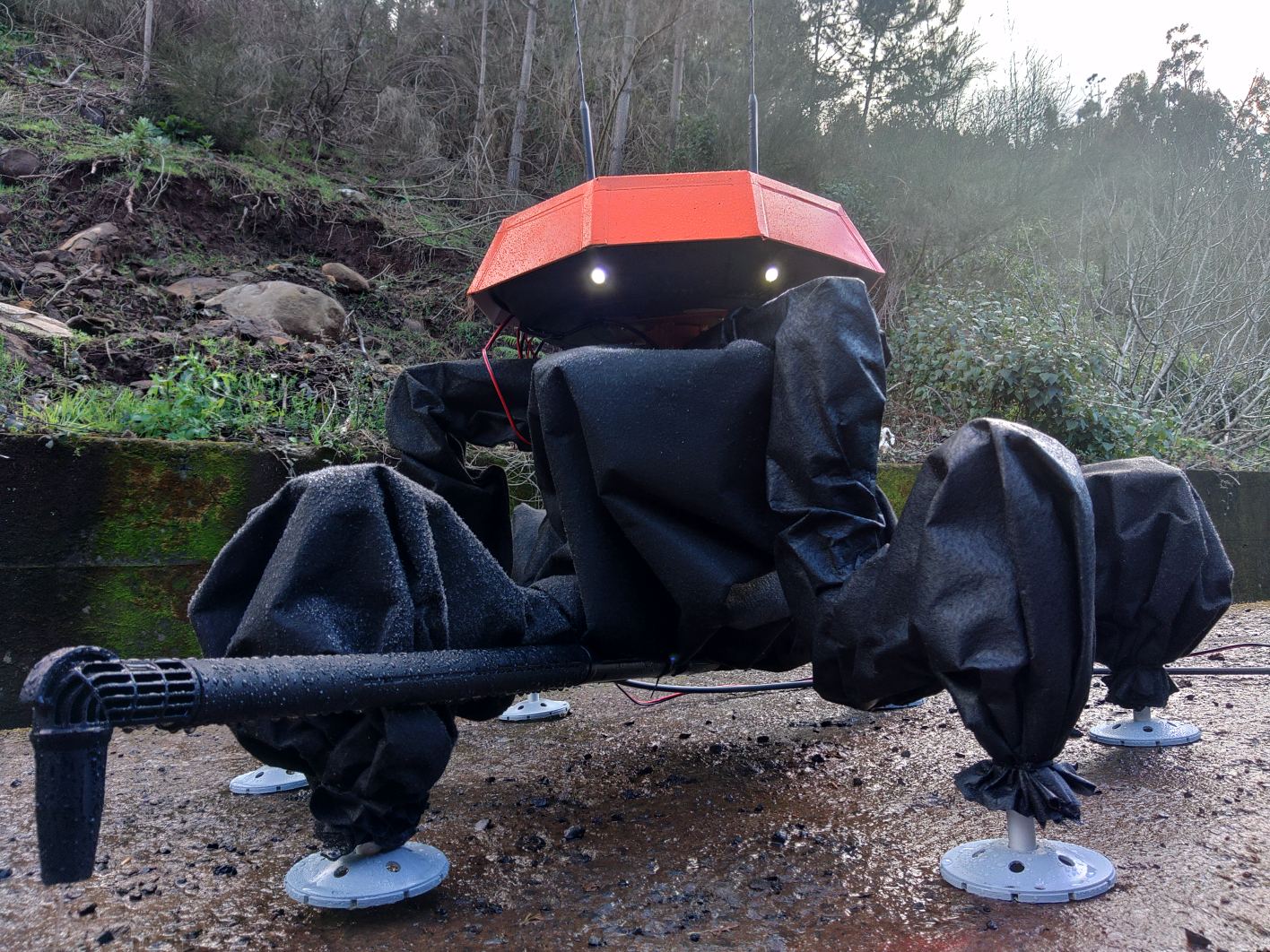
Here you can see our Crab Light Robot walking

… and spraying
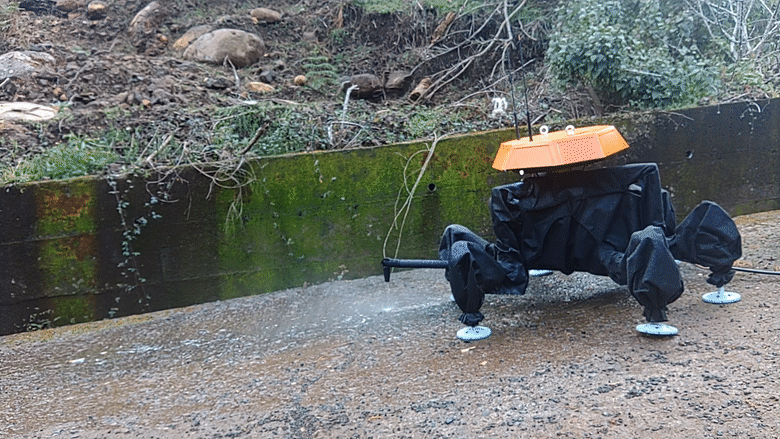
We are now teaching it to work underwater and spray with a high pressure.
| Specification | Details |
|---|---|
| Securing | The Crab robot is secured to metallic surfaces with magnets in its legs. Each magnet provides a holding force of 333 kg to the vessel’s hull. |
| Operating Surfaces | Flat steel surfaces, fixed steel platforms, and jack-up rigs. |
| Movement | 33m per minute (2 km/h) on clean surfaces |
| Depth | Up to 150m (upgradable to 1500m). |
| Wave Tolerance | Up to 3.5m Hs (potentially higher). |
| Wind Resistance | Storm wind 100 km/h |
| Temperature Range | -5°C to +60°C (upgradable). |
| Weight | Less than 300kg. |
| Payload Capacity | Up to 1000kg. |
| Size | 100 x 100 x 50 cm. |
| Navigation | Onboard cameras, visual and inertial navigation systems, and 3D model-based position verification. |
| Specification | Details |
|---|---|
| Securing | The Crab robot is secured to metallic surfaces with magnets in its legs. Each magnet provides a holding force of 1б000 kg to the vessel’s hull. |
| Weight | 900kg. |
| Payload Capacity | Up to 3000kg. |
| Size | 170 x 170 x 70 cm |
All other specifications are identical to those of the Crab Light.
Underwater Steel Structures Maintenance
Custom ROVs can be developed using commercially available ROV platforms.
Our services include payload integration, software development and testing to ensure the ROV solution meets the customer’s specific requirements.
One use case is biofouling cleaning on thin structures with a high-pressure cavitation cleaning tool. This can be operated using an ROV instead of a Crab robot under favourable environmental conditions.
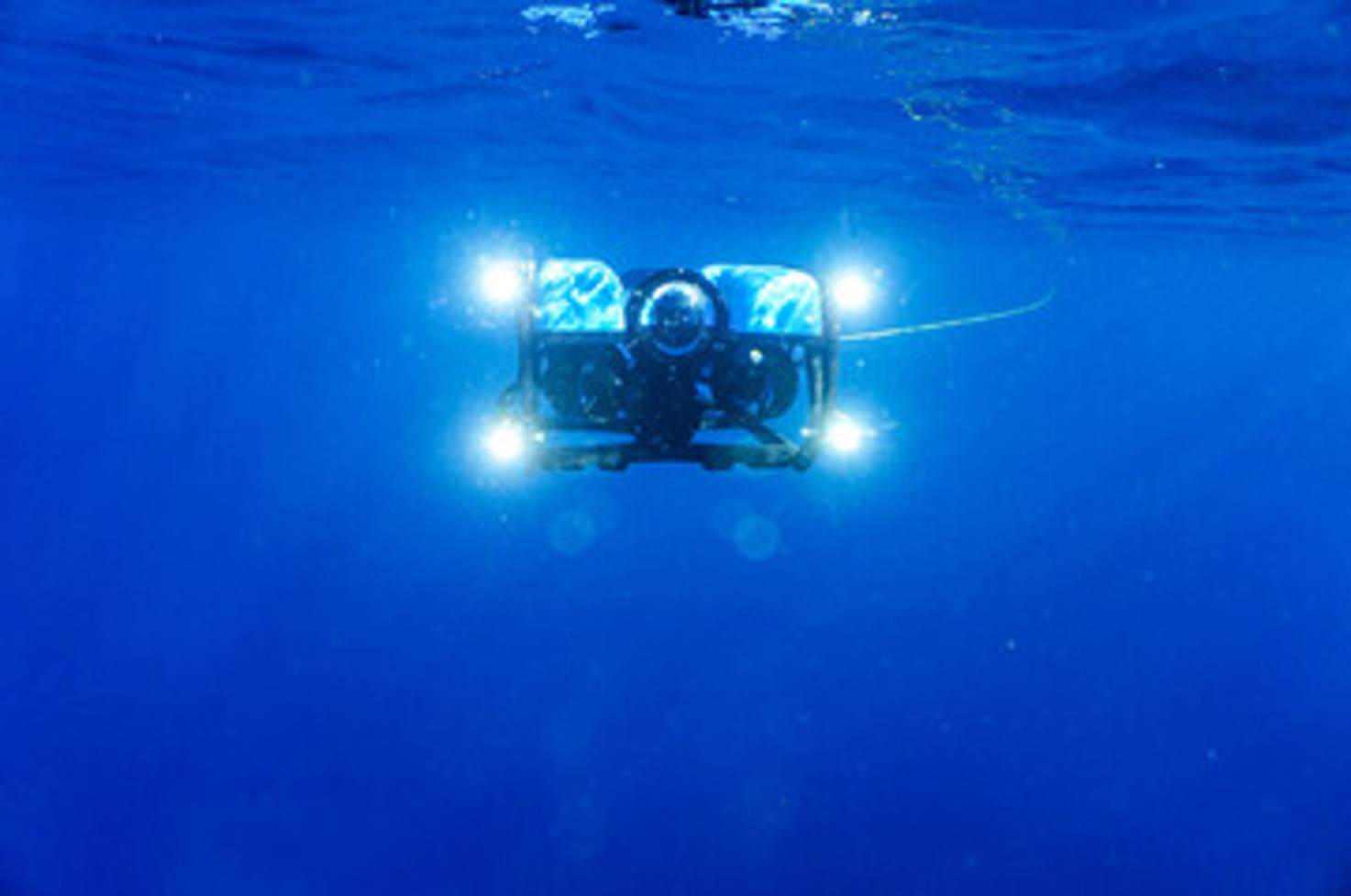
Please share your ideas and requirements with us